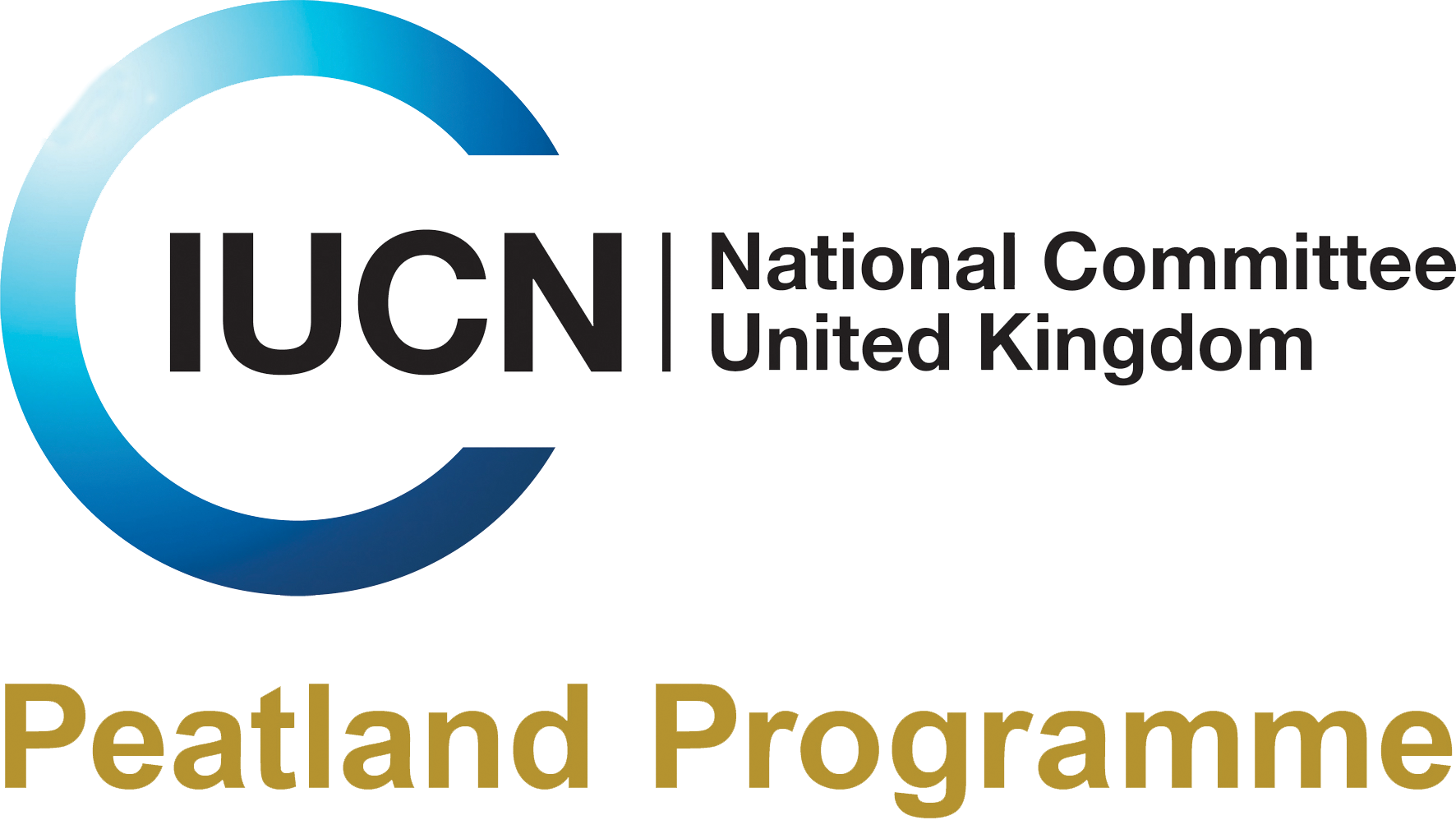- The UK’s third largest lowland raised peat bog enjoys third decade of recovery after 139 years of commercial peat extraction.
- This peatland stores three million tons of carbon and is home to more than 1800 species of moths, butterflies, dragonflies and birds.
- Ongoing restoration and National Nature Reserve extended to cover a further 237 acres.
An internationally important lowland raised peat bog between England and Wales celebrates its 30th birthday as a National Nature Reserve (NNR) and its slow return to a natural environment.
The Marches Mosses, the UK’s third largest lowland raised peat bog, was once known as a source of peat cut for fuel and horticulture. Now it is a leading example of how peat bogs can fight against climate change if restored. In 1990 ownership of the land was acquired by Natural England, Natural Resources Wales and Shropshire Wildlife Trust who began the process of restoring it before being joined by the European BogLIFE Project in 2016.

